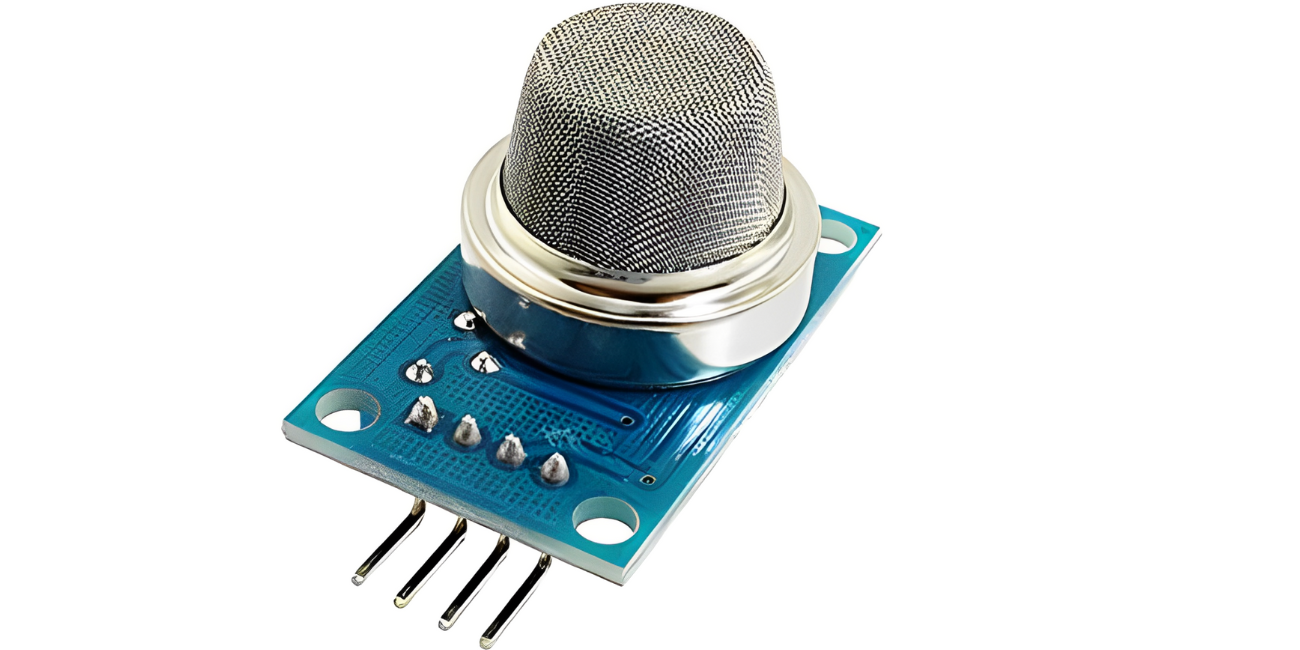
DSM Online Support
Support Master
Welcome to DSM Online
How can I help you today
How can we assist you? please let us know the support you need from DSM Online

Introduction
The MQ-8 Hydrogen H2 Gas Sensor Module is a highly sensitive and reliable device designed for detecting the presence of hydrogen gas in the environment. This sensor module is widely used in various industrial and commercial applications where hydrogen gas safety is a critical concern. In this blog post, we will delve into the key aspects of the MQ-8 Hydrogen sensor module, including its working principle, applications, calibration, and maintenance.
Working Principle
The MQ-8 Hydrogen sensor operates on the principle of semiconductor gas sensing technology. The sensor contains a sensitive layer made of a specific metal oxide semiconductor material. When exposed to hydrogen gas, the resistance of the sensor layer changes proportionally to the concentration of the gas. This change in resistance can be measured and converted into a corresponding electrical signal, allowing for accurate detection of hydrogen gas.
Applications
The MQ-8 Hydrogen sensor module has a wide range of applications across various industries, including:
Sensor Circuit
The MQ-8 Hydrogen sensor module typically requires a simple circuit to operate. The circuit usually consists of a voltage divider, a load resistor, and an analog-to-digital converter (ADC). The sensor's resistance is measured using the voltage divider, and the resulting signal is amplified and converted to a digital value by the ADC.
Calibration
Accurate detection of hydrogen gas with the MQ-8 sensor module requires proper calibration. Calibration involves exposing the sensor to known concentrations of hydrogen gas and adjusting the sensor's output to match the corresponding values. This process ensures that the sensor provides reliable and consistent measurements.
Accuracy and Sensitivity
The MQ-8 Hydrogen sensor module is known for its high accuracy and sensitivity. It can detect even low concentrations of hydrogen gas, making it suitable for applications where precise measurements are required. The sensor's sensitivity can be adjusted by varying the operating temperature and voltage.
Response Time
The response time of the MQ-8 Hydrogen sensor module refers to the time it takes for the sensor to detect and respond to changes in hydrogen gas concentration. The response time is typically fast, allowing for real-time monitoring of hydrogen gas levels.
Operating Temperature
The MQ-8 Hydrogen sensor module has a specific operating temperature range within which it provides optimal performance. It is important to maintain the sensor within this temperature range to ensure accurate measurements.
Power Consumption
The MQ-8 Hydrogen sensor module generally has a low power consumption, making it suitable for battery-powered applications. The sensor's power consumption can be further reduced by using efficient circuitry and optimizing the operating parameters.
Maintenance
Proper maintenance is essential for the long-term performance of the MQ-8 Hydrogen sensor module. This includes regular cleaning of the sensor element to remove contaminants, avoiding exposure to corrosive substances, and storing the sensor in a dry environment.
Troubleshooting
If you encounter issues with the MQ-8 Hydrogen sensor module, here are some common troubleshooting steps:
Conclusion
The MQ-8 Hydrogen H2 Gas Sensor Module is a valuable tool for detecting and monitoring hydrogen gas in various applications. Its high sensitivity, accuracy, and reliability make it a popular choice for industries where hydrogen gas safety is a critical concern.